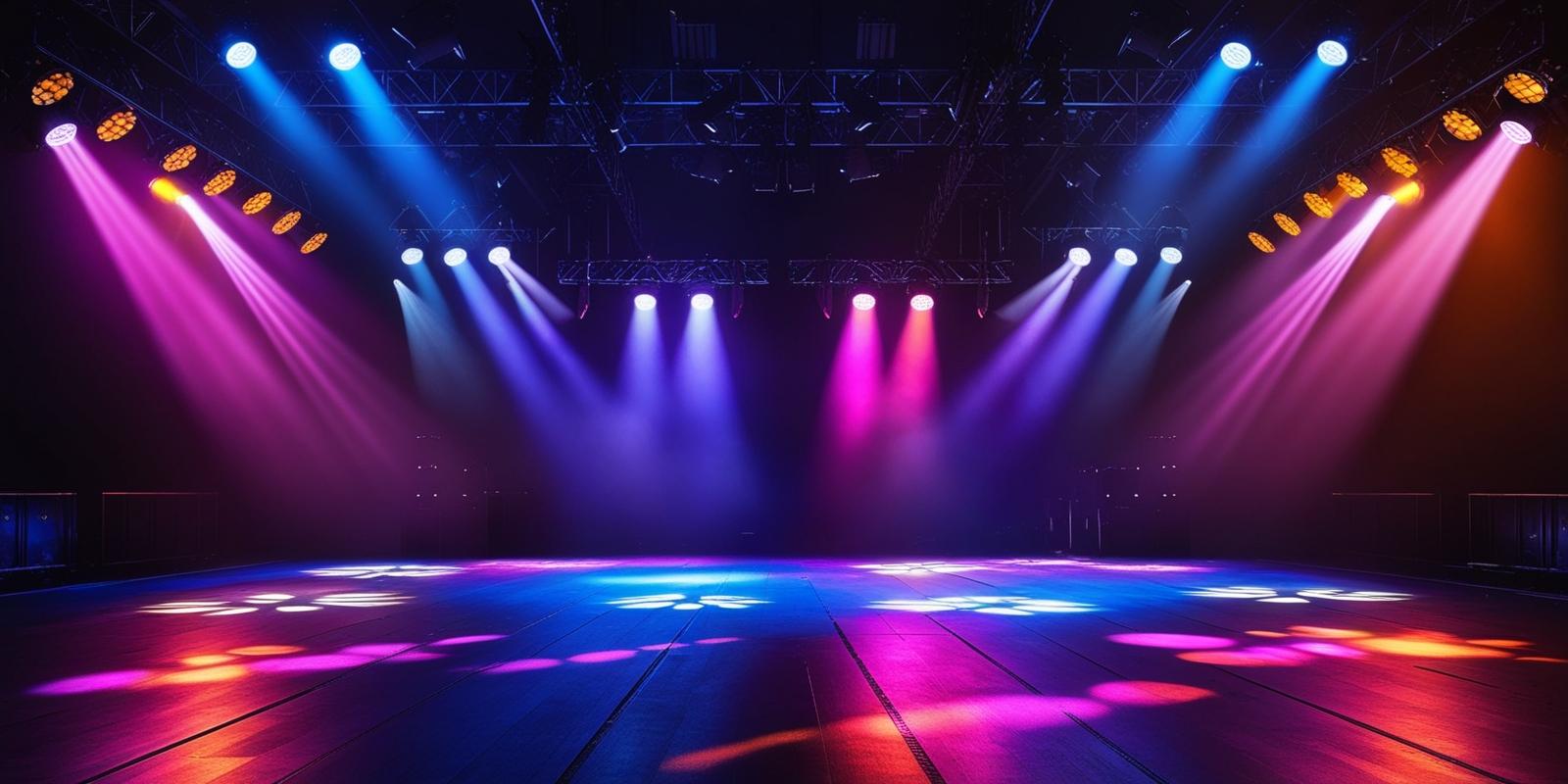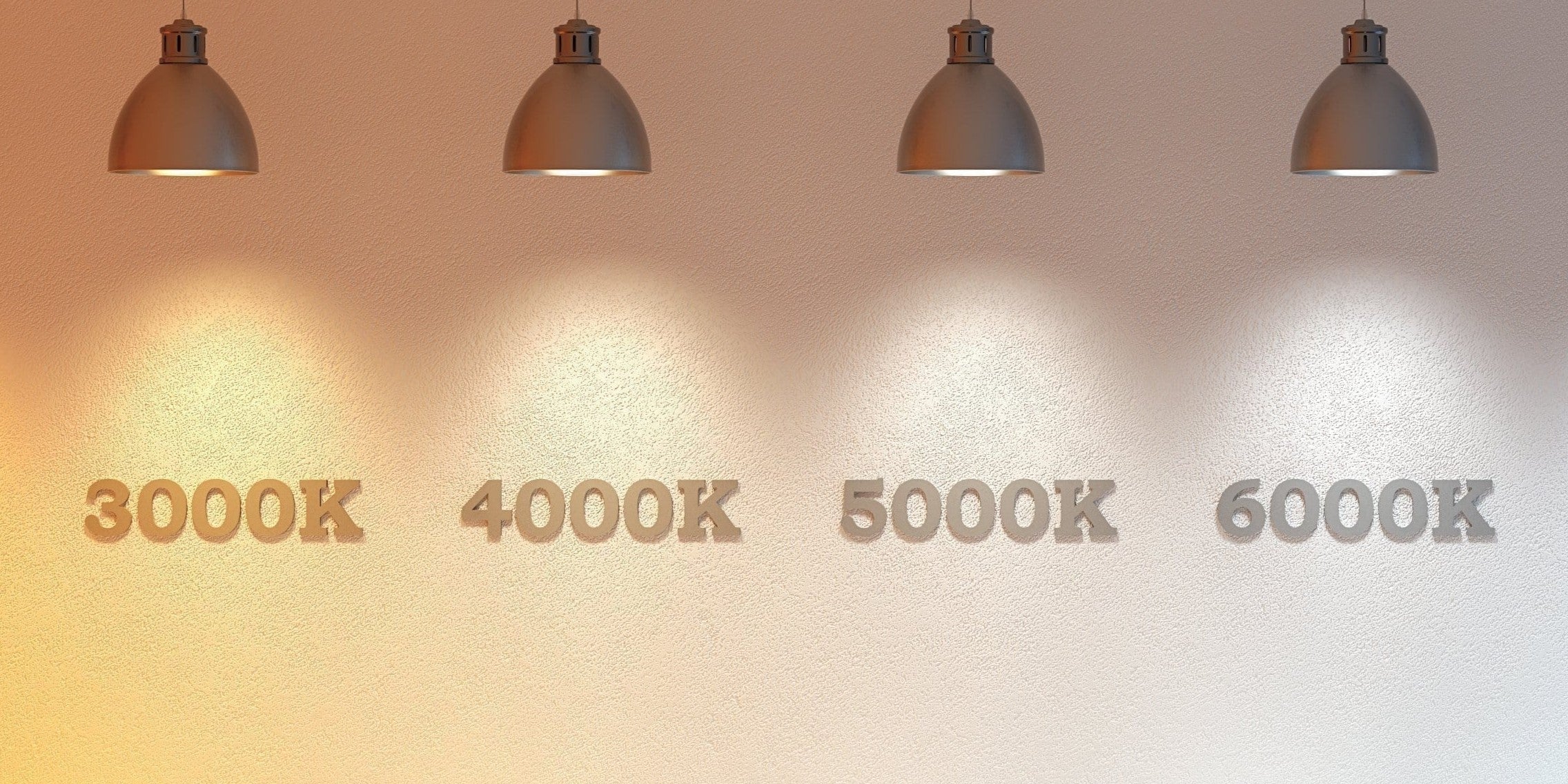家庭やオフィスの明るくエネルギー効率の高い LED ライトから、広告、エンターテイメント、スポーツで使用される鮮やかな LED スクリーンまで、LED は現代生活に欠かせないものとなっています。
しかし、LED製品を選ぶ際には、明るさやデザインだけでなく、それ以上の要素も考慮することが重要です。考慮すべき重要な要素の一つは、IP規格(Ingress Protection Rating:侵入保護等級)です。これは、デバイスが防塵・防水性能をどの程度備えているかを示すものです。
IP等級を理解することで、屋内、屋外、湿気の多い場所など、さまざまな環境に適したLEDライトやディスプレイを選ぶことができます。このガイドでは、IP等級の意味、仕組み、そしてニーズに最適な等級について説明します。
IP 等級とは何ですか?
IPはIngress Protection(侵入保護)の略です。デバイスまたは筐体が埃、汚れ、水からどの程度保護されているかを示す規格です。
IP等級は、デバイスが埃、ゴミ、水からどの程度保護されているかを示します。2つの数字で表されます。
- 最初の数字 (0 ~ 6) は、ほこりや汚れなどの固形物に対する保護度を表します。
- 2 番目の数字 (0 ~ 8) は、水などの液体に対する耐性を示します。
数値が高いほど、保護が強化されます。
LED照明のIP等級
IP等級(侵入保護等級) は、 国際電気標準会議(IEC) 下 標準 IEC 60529。
この規格は、LED照明器具を含む電気筐体が固体粒子の侵入に対して提供する保護の程度を定義しています(e.g。、ほこり、破片)および液体(e.g評価システムは、ユーザーが特定の環境、特に以下の点でデバイスが適しているかどうかを判断するのに役立ちます。 LED照明 さまざまな設定でのアプリケーション。
LEDのIP等級は、LEDライトが埃や水からどの程度保護されているかを示します。屋外、湿気の多い場所、埃の多い場所での使用に適しているかどうかを判断するのに役立ちます。等級が高いほど、保護性能が優れています。
IEC 60529 エディション 2.1 はここからダウンロードできます。 IEC 60529.pdf
IPコードの構造:
IP等級は2桁の数字で構成されています(e.g。,IP65):
1. 最初の数字(強固な保護):0~6 の範囲で、固体に対する耐性を示します。
- 0: 保護なし。
- 6: 粉塵に対する完全な保護(防塵)。
2. 2桁目(液体保護):0~9 の範囲で液体に対する耐性を示します。
- 0: 保護なし。
- 9K: 高圧、高温の水噴流に対する保護(特殊工業用途)。
注記: 数字が省略された場合(e.g。,IPX7)、「X」は、そのカテゴリの保護がテストされていないか、指定されていないことを示します。
LED照明との関連性:
IP 定格は、特定の環境で安全に設置できる LED 照明器具を選択する際に消費者の指針となります。
- 屋内使用(e.g., オフィス):低い評価はIP20(指に対して保護されていますが、耐水性はありません)。
- 屋外/耐候性使用:より高い評価、例えばIP65(防塵、耐噴流)またはIP67/68(耐水仕様)。
- 産業/過酷な環境:専門的な評価IP69K高圧洗浄用。
標準とコンプライアンス:
- 開発されたIECIPシステムは世界的に採用されており、地域によって次のような調整が行われている。EN 60529ヨーロッパでは。
- メーカーは、LED 製品を IEC 60529 基準に照らして厳密にテストし、評価を割り当てて、宣伝されている条件での信頼性を確保します。
LEDにとってなぜ重要なのか:
IP等級を理解することで、LEDが想定された環境で最適に機能し、環境要因による損傷を防ぐことができます。例えば、ガーデンLEDには少なくともIP44(防滴)プールライトはIP68(潜水艇)。

画像: IP69Kの説明
どのような IP 定格が必要ですか?
ほこりや湿気がそれほど多くない環境であれば、IP等級の低いものでも十分です。ほこりやゴミがひどい場所、あるいは水に触れる可能性のある場所では、IP等級の高いものをお選びください。LEDストリップライトには、耐水性コーティングが施されていることを確認し、保護性能を高めましょう。
低IP等級と高IP等級
低い IP 評価は次のような場合に最適です。
- 屋内スペース
- 同梱製品
- 封印された標識
- アルミニウム押出成形品
高い IP 評価は次のような場合に最適です。
- 屋外のオープンエリア
- ほこりっぽい環境
- 交通量の多いゾーン
- 飛沫が飛び散りやすい場所
LED IP 定格の最初の数字 (0-6) と 2 番目の数字 (0-8)
IP等級は、LEDライトの保護性能を示す2つの数字で表されます。最初の数字は、ほこりや固形物に対する耐性を示します。2番目の数字は、水に対する保護性能を示します。安全レベルについては、以下の表をご確認ください。
| 1桁目(強固な保護) | 意味 | 2桁目(防水) | 意味 |
| 0 | 保護なし | 0 | 保護なし |
| 1 | 50mmを超える物体をブロックする | 1 | 垂直の水滴から保護します |
| 2 | 12.5mmより大きい物体をブロックする | 2 | 15°の傾斜で水滴から保護します |
| 3 | 2 より大きいオブジェクトをブロックします。5mm | 3 | 飛沫から保護 |
| 4 | 1mmより大きい物体をブロックする | 4 | あらゆる方向からの水の飛沫から保護します |
| 5 | 限定的な防塵 | 5 | 水流から保護します |
| 6 | 完全な防塵 | 6 | 強い水流から保護します |
| / | / | 7 | 一時的な浸水(最大1m、30分)から保護します |
| / | / | 8 | 連続した浸水(1m以上、30分)から保護します |
よくある例
- IP65 - 防水性能。あらゆる方向からの噴流水にも耐えますが、水中に沈めないでください。
- IP67 - 優れた耐水性。短時間(最大10分)の水没には耐えられますが、長時間の水没には耐えられません。
- IP68 - 完全防水。水深3メートルまで長時間水中に留まることができます。
- IP44 - 小さな固体粒子や水しぶきに耐えることができます。
- IP54 - ほこりや水しぶきに対する保護を提供します。
各種LED照明のIP等級
すべてのLEDディスプレイに同じレベルの保護が必要なわけではありません。屋内で使用されるものもあれば、屋外で埃や雨、厳しい天候にさらされるものもあります。適切なIP等級を選ぶことで、ディスプレイの安全性を維持し、正常に動作させることができます。では、さまざまな環境に最適な等級を見ていきましょう。
屋内ディスプレイのIP定格
屋内用LEDライトは、厳しい天候にさらされることがないため、通常、IP等級が低くなっています。オフィス、店舗、住宅などの乾燥した屋内空間では、IP20等級で十分です。この等級は埃や接触からの保護はありますが、湿気からの保護はできません。
ほこりや虫が多い場所には、IP40規格の照明が適しています。IP40規格は、小さな粒子が照明内に侵入するのを防ぎながら、湿気に対しても若干の保護効果があります。ショッピングモール、小売店、その他耐久性が重視される広い屋内スペースでは、IP40規格の照明をよく見かけます。
半屋外LEDディスプレイ
半屋外用LEDディスプレイは、ポーチ、屋根付きパティオ、建物の外壁など、天候の影響を部分的に受けない場所向けに設計されています。これらのディスプレイは通常、IP44規格に準拠しており、あらゆる角度からの水滴や埃を遮断します。
この保護機能により、小雨や汚れによる損傷のリスクを軽減します。屋外では日中の光の状況が変化するため、これらのディスプレイにはグレアを最小限に抑える機能も備わっています。
屋外LEDディスプレイ
屋外照明や浴室照明では、IP規格が重要です。理想的には、屋外照明はIP65規格に適合し、防塵・防水性能を備えているべきです。しかし、これでは装飾の選択肢が限られてしまいます。IP44規格の照明であれば、軒下などの屋外の保護された場所に使用でき、よりスタイリッシュな照明を選ぶことができます。
浴室では、適切なIP規格に適合することで、特に湿気の多い場所での安全性を確保できます。屋外用LEDディスプレイにも強力な保護が必要です。IP65規格のディスプレイは、ほこりや噴流水への耐性を備え、IP67規格のディスプレイは短時間の浸水にも耐えられます。
舞台照明のIP等級

画像:
舞台照明 屋外コンサートでの雨や、人通りの多い会場での埃など、様々な環境条件にさらされることがよくあります。そのため、ステージ照明のIP等級を知っておくことで、安全性や機能性を損なうことなく、最適な性能を発揮し、これらの環境条件に耐えられることを保証できます。
適切なIP等級の舞台照明を選択することは、会場やイベントプランナーにとって、照明設備の耐久性と信頼性を確保するために不可欠です。例えば、屋外会場に設置されたコンサートステージには、より高いIP等級(e.g。, IP65)の保護を最大限にするためには、屋内劇場ではより低い定格の照明(e.g。, IP20 または IP44)。
最終的には、ステージ照明の適切な IP 定格を理解して選択することで、機器の安全性とイベントの成功の両方が保証され、環境に関係なく照明が明るく輝くという安心感が得られます。
適切な LED IP 定格を選択するにはどうすればよいでしょうか?
- ライトを設置する場所を確認してください。屋内、屋外、湿気の多い場所では、それぞれ異なるIP等級が必要です。
- 屋外照明の場合、ほこりや水から完全に保護するには IP65 が最適です。
- 照明が屋根の下や保護された場所にある場合は、通常、IP20 で十分です。
- 水辺のバスルームの照明には少なくとも IP44 が必要ですが、濡れた場所では IP65 の方が安全です。
- 庭や通路の照明は、雨や汚れに耐えられるよう、少なくとも IP65 である必要があります。
- プールや噴水などの水中ライトには、IP67 以上の耐水性が必要です。
- ライトが極端な天候にさらされる場合は、より高い IP 定格を選択してください。
- 常に製品の詳細を確認し、IP 定格がニーズに合致していることを確認してください。
結論
IP等級は、様々な環境に適したLEDライトを選ぶのに役立ちます。IP等級が高いほど、防塵・防水性能が優れています。屋内用ライトには低いIP等級が、屋外や湿気の多い場所では高いIP等級が求められます。屋外での使用にはIP65以上のものが最適です。水辺に設置する場合は、IP67またはIP68の方が安全です。購入前に必ずIP等級を確認し、ニーズに合ったライトを選びましょう。適切な等級を選ぶことで、ライトの寿命が長くなり、正常に動作するようになります。
よくある質問
1. LED スクリーンの IP 等級とは何を意味しますか?
IP等級は、LEDスクリーンが埃や水からどの程度保護されているかを示します。例えば、IP65屋外用LEDディスプレイは埃や噴流水に耐えますが、IP20屋内用ディスプレイは小さな固形物に対してのみ保護され、液体に対しては保護されません。
2. IP68 は IP65 より優れていますか?
はい、IP68はIP65よりも高い保護性能を備えています。IP65規格は、デバイスが防塵性と噴流水に耐えられることを意味します。IP68規格であれば、浅い水にしばらく浸しても防塵性を維持できます。水深と浸水時間は製品によって異なります。
3. すべての電子機器に IP 等級がありますか?
いいえ、すべての電子機器にIP等級があるわけではありません。IP等級は主に、LEDスクリーン、スマートフォン、屋外機器など、埃や水からの保護が必要な機器に使用されます。そのような環境にさらされない機器には、IP等級は必要ない場合があります。
4. 同じ IP 等級であれば、すべてのデバイスに対して同じ保護が適用されるということですか?
必ずしもそうとは限りません。2つのデバイスが同じIP等級であっても、実際の保護性能は異なる場合があります。これは、ブランドによって素材や設計が異なるためです。同じIP等級であっても、製品によっては密閉性や耐久性が優れている場合があります。




コメントを残してください
全てのコメントは、掲載前にモデレートされます
このサイトはhCaptchaによって保護されており、hCaptchaプライバシーポリシーおよび利用規約が適用されます。